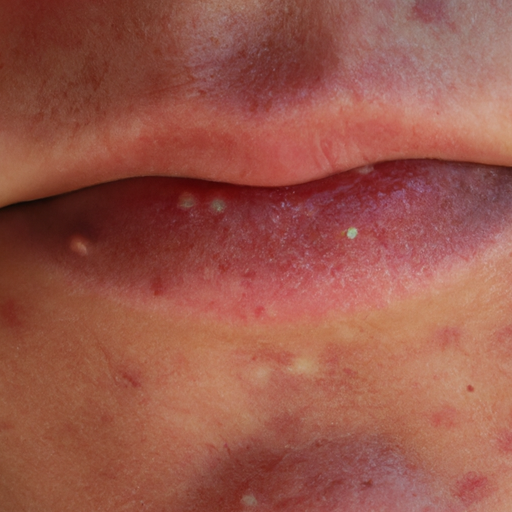Title: Unmasking Clear Skin: Dermatologists Reveal Top Secrets for Acne Relief
As a dermatologist, I have seen countless patients struggle with acne, a common skin condition that affects millions of people worldwide. The journey to clear skin can be frustrating and confusing, with countless treatments and products promising relief. Today, I want to demystify the process and reveal some top secrets for acne relief.
Acne is a skin condition that occurs when hair follicles become clogged with oil and dead skin cells. It often causes whiteheads, blackheads, or pimples, and usually appears on the face, forehead, chest, upper back, and shoulders. Acne is most common among teenagers, though it affects people of all ages.
The first secret to acne relief is understanding that there’s no one-size-fits-all solution. Everyone’s skin is unique, and what works for one person may not work for another. However, there are some general principles that can guide your approach to acne treatment.
Consistency is key in any skincare routine. It’s important to stick to a regimen for at least six to eight weeks before deciding if it’s effective. This is because the skin takes time to respond to treatment. If you’re constantly switching products, you may disrupt your skin’s balance and exacerbate acne.
A basic skincare routine should include a gentle cleanser, a non-comedogenic moisturizer (one that won’t clog pores), and a sunscreen with at least SPF 30. If you have acne-prone skin, you may also benefit from a topical retinoid, which helps prevent clogged pores.
Diet can also play a role in acne. While it’s a myth that chocolate or greasy foods directly cause acne, certain foods can influence your skin’s health. Research suggests that high-glycemic diets (those high in sugars and refined grains) may worsen acne. Dairy products have also been linked to acne in some studies, though more research is needed.
Stress is another often overlooked factor in acne. While it doesn’t directly cause acne, stress can worsen the condition by triggering inflammation and oil production in the skin. Regular exercise, adequate sleep, and stress management techniques like meditation can all help keep your skin clear.
Over-the-counter treatments can be effective for mild to moderate acne. These often contain ingredients like salicylic acid or benzoyl peroxide, which help to unclog pores and reduce inflammation. However, for severe or persistent acne, it’s best to consult a dermatologist. Prescription medications, including oral antibiotics, hormonal therapies, or isotretinoin, may be necessary.
Lastly, it’s important to resist the urge to pop pimples. While it may seem like a quick fix, popping pimples can lead to scarring and secondary infections. Instead, apply a warm compress to the area to reduce inflammation and speed up healing.
In conclusion, achieving clear skin is a journey that requires patience and consistency. It’s about understanding your skin’s unique needs and addressing them with a tailored skincare routine. Remember that while acne can be frustrating, it’s treatable, and you don’t have to navigate it alone. Dermatologists are here to help you unmask clear skin and reveal your best self.
Keywords: Dermatologist, Acne Relief, Clear Skin, Skincare Routine, Acne Treatment, Topical Retinoid, High-Glycemic Diets, Stress Management, Over-the-Counter Treatments, Pimple Popping.



